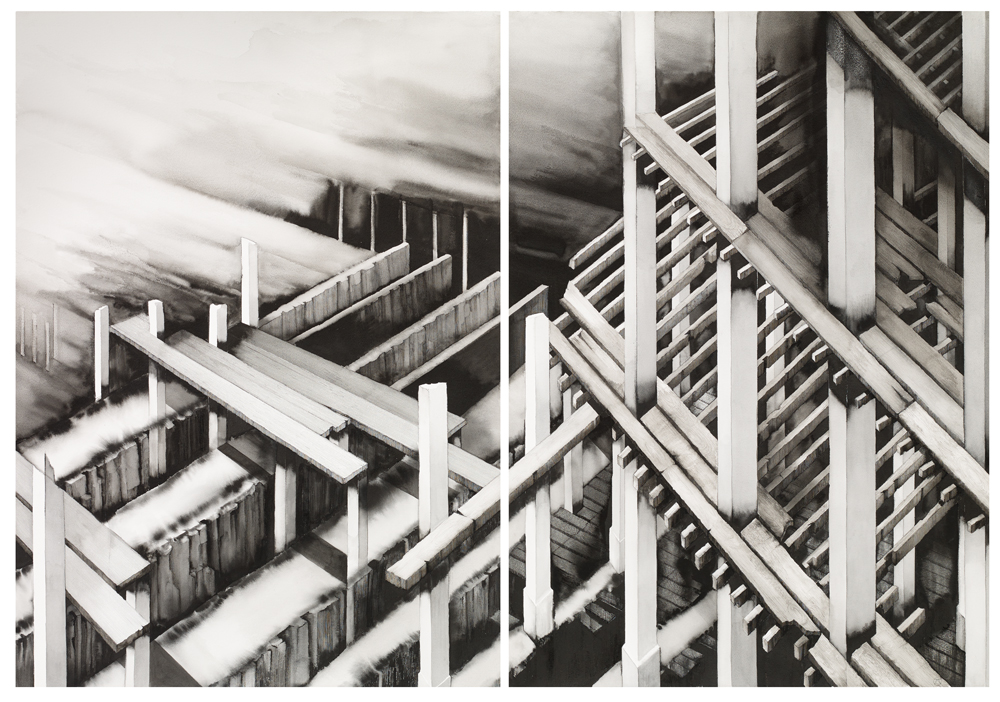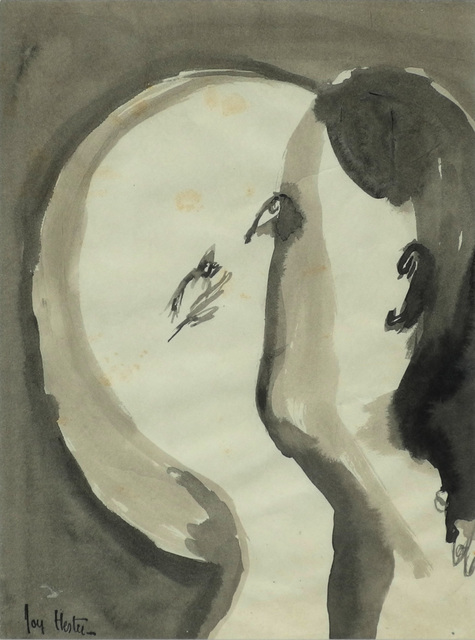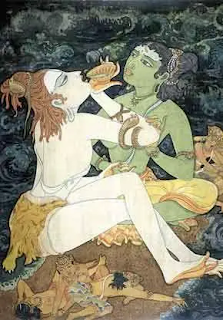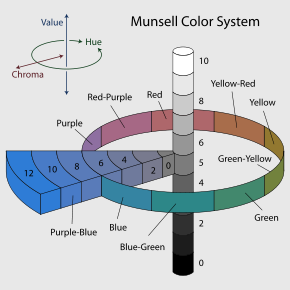The workshop sessions involving leading were done as a block because I was going to take up quite a lot of room and the sessions needed to be fitted in around other classes. I was meant to do this the first week of January, but I was still in recovery mode after being knocked down by a car. When a time slot was next available I had the beginnings of a chest infection; however because slots are hard to come by, I decided to carry on anyway as the cold out of which the infection grew was hopefully well past its contagious phase. This was probably not a good idea, as I found it hard to concentrate and decisions about exactitude were hard to make as my eyesight felt slightly distorted by the infection. I managed three days and learnt a lot about leading, but then had to pack up and take the work away until another free slot could be found.
Base board
Plywood base board: Detail of surrounding edge
I had to prepare for the sessions by making a board on which to work. I used a thick ply and screwed and glued two strips of wood onto two adjoining sides, in order to make a right-angled 'L' shaped corner, against which I would build the window. It is approximately 3 cms wider and longer than the size of the finished window. I also had to cut the zinc edging frame pieces to size with a hacksaw. (Zinc 'u' section came, 12x5mm)
The first decision is where to start and I had already made my first mistake. Usually the more complex area is where you need to start, but I had fixed the borders of my frame on the opposite side to the one needed if I was to do that. It was a 50/50 decision and at the time of making I wasn't aware it could make a difference but this meant that the complexity surrounding the heel would not be where we could start.
The next thing was to trim off two edges of my cartoon. Cutting exactly on the line that indicated the zinc came edging, this was going to be my template to work to for the entire window, so needed to be accurate. Once cut it was placed snugly into the right-angled corner of the baseboard.
Two sides are left uncut, so that they will not be hidden underneath the final construction. This can facilitate the cartoon removal at a later stage.
We needed to start with a border, so we first set out two lengths of the zinc came and then the thicker leading to make the border, as this would strengthen the whole window.
The previously cut sections of glass that make up the border were checked for accuracy and a couple were rejected, so I had to cut more from existing scrap glass, this was because it's very hard to grind off a thin strip of glass and keep it straight and much easier to recut. Another lesson about accuracy.
The inside border using the thicker leading is to be staggered rather than simply butted together.
The leading for the inside border is set out as above
The lead is cut with a lead knife. Another tool that I had not used before and which takes a bit of getting used to.
Lead knife
Horseshoe nails are used to mark the lead for cutting, and for holding the buffers in place
A plastic and rubber headed glazing hammer
Used for nailing and tapping in hard to fit pieces of glass
The lead knife is rocked through the lead came. It is held vertically, (something I again found hard to get right), you apply downward pressure as you rock, being careful not to distort the shape of the soft lead came. Each section is held in tightly by lead came buffers that are nailed into place each time. The buffers also help you measure the length of the lead strips, as they let you know how far the glass will sit into the 'H' section of any chosen lead came. This becomes very important if you are like myself in this case, using several different thicknesses of leading.
Because of the process of keeping everything nailed tight as you progress, you work out from a corner.
Lead came cut to size, resting against the zinc came edge
Buffer in place
The first few pieces in place, working away from the corner.
You are constantly grinding down to make sure the glass will fit and although I thought I had by now a good grasp of glass cutting, I was quickly made to realise I was not accurate enough. The trick is to mark the glass to show what you cant see.
How to mark the glass before grinding
Push the glass into the cane 'H' section and make sure it is in as far as it can go along the whole length of the piece. Then using a white or black Sharpie (you need tonal contrast), draw along the line made by the leading. When you take the glass out again, you will see where there are inaccuracies. Look for the thinnest bit and use that as your measure and then mark the glass edge and grind. A small inaccuracy can lead to a large difference later on, so its best to correct each piece as it is put in. This is what was taking the time when I was working on it. It took three days to complete just over half the window.
The lead cane has to be cut accurately and must be butted up exactly to each adjoining piece. If not, when you come to solder it all together the window will have serious structural faults. You must also keep pushing the pieces tightly together and refitting the buffers. A tight fit is going to be essential, so you must keep checking this.
Three different lead came sizes are being used. The thickest for the edges, then a medium thickness for everything else except for the complex shapes that form Sooty's body and ears. The need for tight curves in order to form the body and ears of Sooty, required the use of the thinnest lead cane available. N. b. Each time you use a buffer you must remember which size came to use and it is very easy to just pick up the wrong sized off-cut by mistake.
Some sections required a different technique. For instance the frit made heel was circular. (See sessions 2 and 3) First of all I had to re-grind this section to make it smoother by removing any bumps from around the edge. Then using the middle grade cane leading, a length was cut just a bit longer than needed. This was pushed into the glass all the way round and a plastic fid tool was used to push it in firmly.
Plastic fid
The fid tool is extremely useful, as you use it to keep pushing the lead back into the glass, as well as using it to ensure the 'H' section is kept open enough to ensure the glass sits into it correctly. It has a variegated width, so that sometimes you use the thin point to push in hard and at others the thicker waist section in order to gradually open out 'H' sections.
Because I was taking so long and was still suffering from the after effects of a chest infection, it was decided to take my work away from the workshop to allow classes that needed the room to be held. This means that I'm not sure when I shall be able to finish this work. Hopefully in the near future I will be able to find a gap that will allow me to finish the work. In the meantime I will invest £75.99 in a water cooled stained glass grinding machine that I found on E-Bay, so that I can finish the work in my studio.
The process is of course already costing money for materials. For the leading and soldering the materials ordered before the session are set out in the screenshot below.
All materials above were sourced from Kansacraft, a Barnsley based company.
See also:



































































